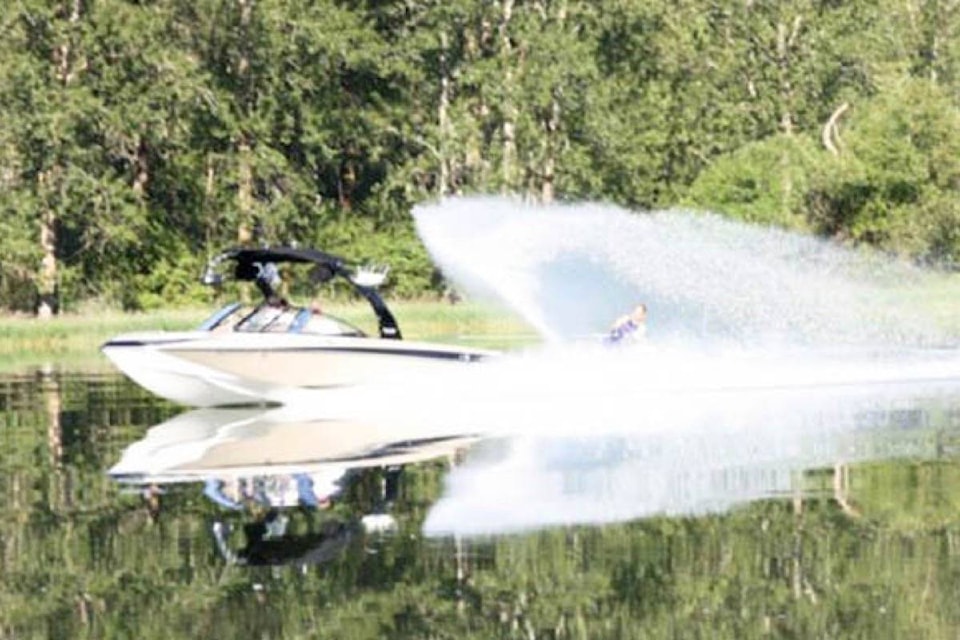The prospect of restricting motorized boats on a section of the Shuswap River continues to create turbulence.
A mediation process has led to some common ground for vessel management between Mabel and Mara lakes, but a considerable wedge was evident as pro-boaters and anti-boaters went before the Regional District of North Okanagan Wednesday.
“Significant consensus was reached but there are differences,” said David Sewell, RDNO chief administrative officer.
Specifically, motorized boat owners and those concerned about boats have different opinions on speed limits and what activities should be allowed in certain areas.
Specifically, the motorized user groups want a 50 kilometre an hour speed limit for the lower Shuswap River but 60 kilometres an hour for water skiing.
“This will stop boats from travelling at high speed,” said Jay Reid, boater spokesperson.
The boater groups insist their vessels are not creating significant bank erosion along the river.
The boaters are also proposing a no towing zone from Mara to 10 kilometres up the river from noon to 6 p.m. Friday to Monday.
“We’ve made significant concessions to help with the overall community,” said Reid.
There are also calls for designated swimming areas and control markers to separate motorized boats from non-motorized vessels.
However, recommendations are also coming from those wanting limits on motorized boats.
“River banks do erode and we need to protect those banks and show respect,” said Hermann Bruns.
The self-described pro-river coalition wants speed limits on various sections, including 40 kilometres an hour from Mara to Tuey Park.
The coalition also wants no towing on the entire lower Shuswap (Mabel to Mara lakes).
“Towing remains at Mabel and Mara lakes and they are nearby,” said Jan Lacko, with the coalition.
Both sides have been part of of five-month media process and there has been agreement on increasing public awareness about regulations, a single contact for complaints and a strategy to accommodate the growing number of tubers.
“We’ve heard the respective proposals and the board will have a discussion with First Nations and internally on how to proceed,” said Sewell.
Beyond the lower Shuswap, a process has also looked at possible motorized vessel management for the upper Shuswap in the Lumby and Cherryville areas. All of the groups involved in that process have reached consensus on a 15-horsepower limit from Mabel Lake to the Wilsey dam and no motorized vessels from the dam to the river’s headwaters.
